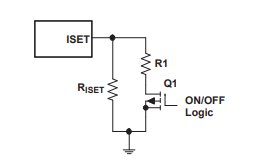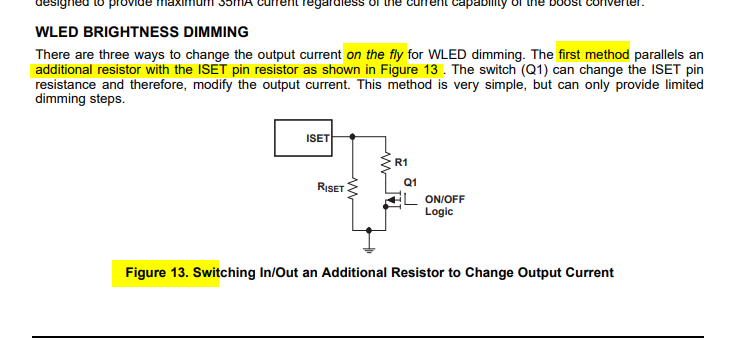Part Number: LM3552SDEV
Hi All,
We have been used LM3552 led driver in our project ,but currently LM3552 has went obsolete.
we need to have driven two led as series which forward voltage is 3.1V and current 160mA . Input voltage is 5V.
We found alternate part LM3553 but it is I2C control.in our project The torch and flash mode is controlled by GPIO pin from the camera module.we don't want I2C control one.
Could any one please help us on this issue?.
Thanks,
Jabir m.



